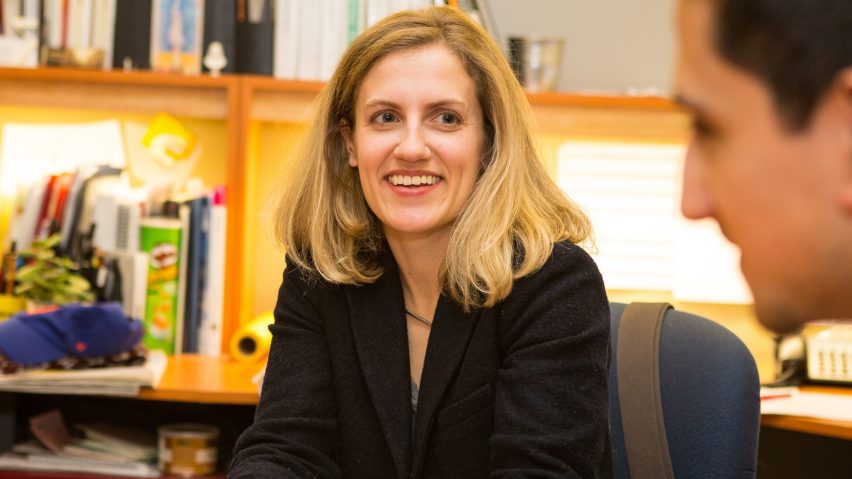
American women in architecture weigh in on "female architect" debate
Danish architect Dorte Mandrup's takedown of the term "female architect" has sparked a strong reaction from American women in the profession on both sides of the argument.
Mandrup's Opinion piece for Dezeen earlier this year, and ongoing discussions about women's prominence in the industry, prompted the architects – and one engineer – to respond with their thoughts on the subject.
Their comments, pulled together by New York agency CC Sullivan, vary from total agreement with the Danish architect, to counter views that the situation for them in the US is very different from hers.
"Perhaps if you're an architect in Scandinavia where women are much more recognised, it is demeaning and patronising to be separated out," said Perkins+Will principal Joan Blumenfeld, who is also is a member of the Beverly Willis Architecture Foundation – a non-profit organisation that aims to highlight women's contributions to architecture.
"But in the environment we face in the United States, unless we make a strong effort to recognise women, unfortunately they go unnoticed."
Mandrup's rhetoric that the promotion of "female architects" should stop was spurred by a rise in worthy lists and exhibitions aiming to celebrate and highlight women in architecture and design, including several simultaneous shows in New York.
Recent surveys have shown that the gender pay gap is widening among UK architects, and that US women feel they are still underrepresented in the profession.
But Marissa Mead, a project architect at Svigals+Partners, agrees with Mandrup that the label is patronising and hindering.
"I've heard a project team member worry that a woman as architect 'can get bullied' by contractors, and another imply that an assertive woman is speaking out of turn," she said. "When considered in this context, the term female architect is obviously offensive."
"Female police, female pilots, female executives – yes, it's 2017 and women in positions of power and authority is an actual thing," Mead continued.
"The qualifier of female is an unnecessary homage to patriarchal society. Perhaps if a design powerhouse like Dorte Mandrup did not have to spend time debating her validity as an architect, we would all benefit."
Studio Ma principal Christiana Q Moss also believes that gender should not be pointed out in professional circumstances.
"I am definitely more in the camp of not assigning gender or race to architectural form and practice," Moss said.
"If the women-in-architecture movement provides a platform to address broader inequities, this is positive," she continued, "but I believe that women often can be their worst enemies in terms of accepting imbalances in their own relationships and family structures that undermine their access to professional growth."
Read all the statements from the architects and engineer below:
Joan Blumenfeld, Beverly Willis Architecture Foundation and principal at Perkins+Will
"Perhaps if you're an architect in Scandinavia where women are much more recognised, it is demeaning and patronising to be separated out. But in the environment we face in the United States, unless we make a strong effort to recognise women, unfortunately they go unnoticed. There is also a very different discussion to be had when looking at the quality of work; that must be gender neutral. We need to separate out the two – the article conflates them, but they are very distinct."
Until we bring our children up in a gender-neutral environment, there is no way to tell what differentiates men and women. To say that women are more capable of listening or that they view design differently negates the enterprise of equity, and opens the door to saying that women are not as capable in some areas.
However, there is an argument to be made for diverse teams, because in the world we live in, we all experience it differently, and will see things from different angles. Exactly how we differ is not important; it is the richness of perspectives that will enhance the work done together."
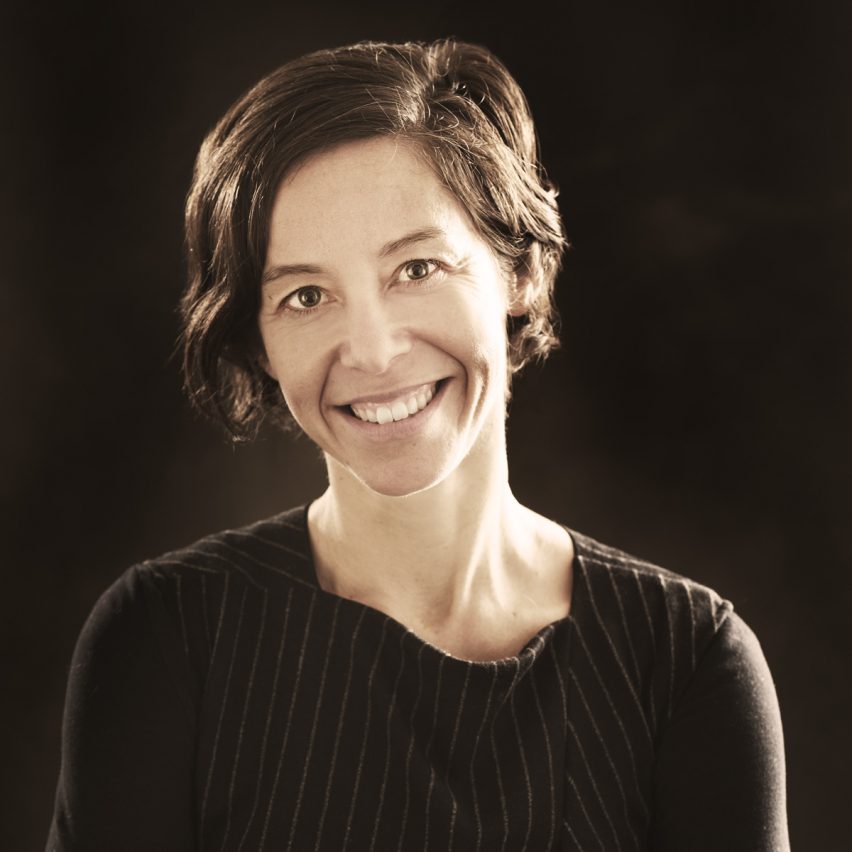
Christiana Q Moss, principal at Studio Ma
"I am definitely more in the camp of not assigning gender or race to architectural form and practice. In terms of the treatment of women in our profession, if the women-in-architecture movement provides a platform to address broader inequities, this is positive; but I believe that women often can be their worst enemies in terms of accepting imbalances in their own relationships and family structures that undermine their access to professional growth."
Marissa Mead, project architect at Svigals+Partners
"I've heard a project team member worry that a woman as architect 'can get bullied' by contractors, and another imply that an assertive woman is speaking out of turn. When considered in this context, the term female architect is obviously offensive.
Female police, female pilots, female executives – yes, it's 2017 and women in positions of power and authority is an actual thing. The qualifier of female is an unnecessary homage to patriarchal society. Perhaps if a design powerhouse like Dorte Mandrup did not have to spend time debating her validity as an architect, we would all benefit."
Graduating from a majority-female architecture school, I entered the profession with a naïve perception of an equal playing field. At first it was easy to overlook the micro-aggressions: being left out of a round of handshakes, getting interrupted, being mistaken for a receptionist, receiving correspondence for the architect requiring 'his review'.
But after a decade, these minor slights build momentum. In fact, the National Architectural Accrediting Board reports that 43 per cent of all architecture graduates are women while only 17 per cent advance into leadership positions. It is clear that this profession is still male-dominated, with women architects being seen as 'other' – or often 'less-than' – their male peers."
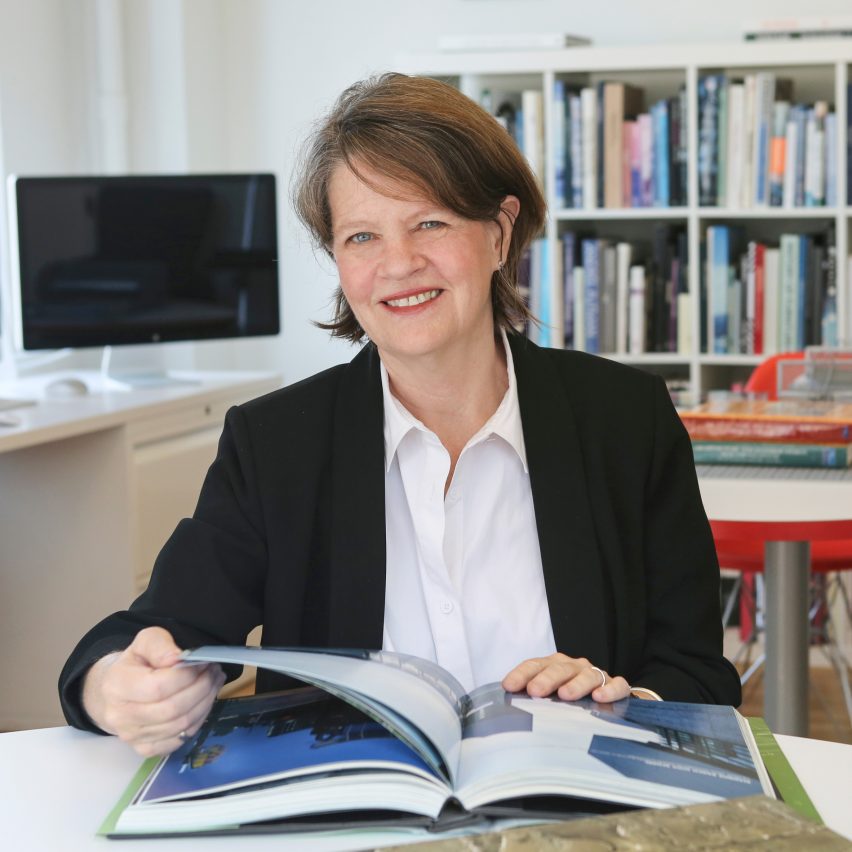
Jane Smith, founding principal at Spacesmith
"To elevate women in architecture, I choose to focus on the women who are paving the way for the next generation of architects. As seen in surveys by Equity by Design, role models are essential to cultivating new women architects."
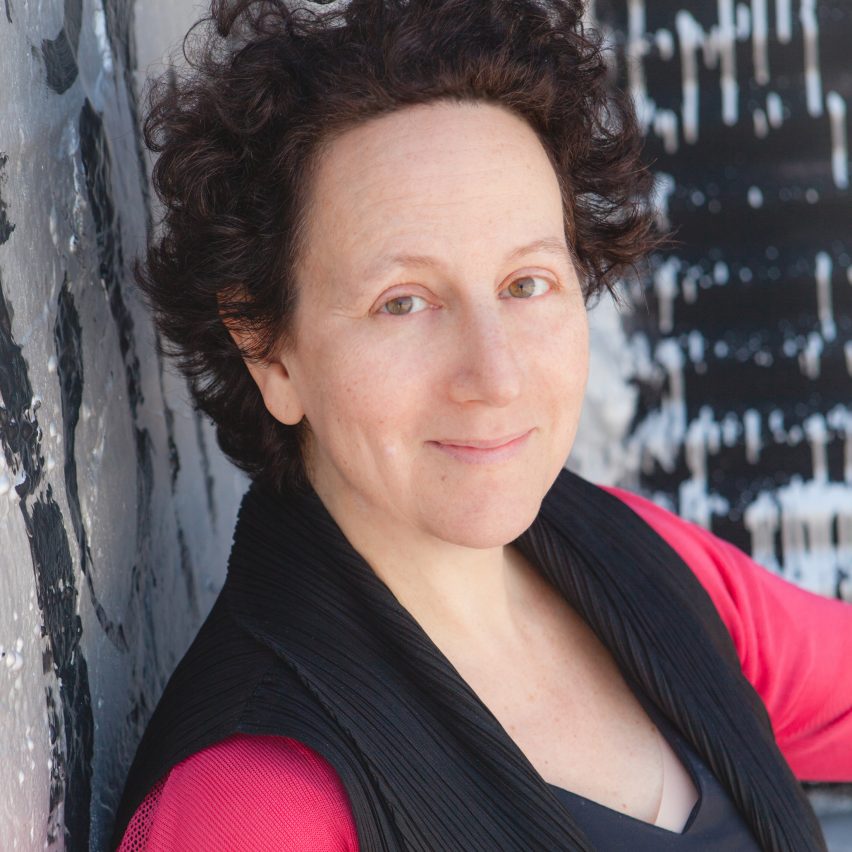
Claire Weisz, founding principal at WXY architecture + urban design
As quoted in The New York Times: "I have heard discussions where Zaha Hadid's name came up as a suggestion to do a high-rise tower, and the men around the table declared her too risky. This is emblematic of the obstacles inherent in the field of high-profile projects. There needs to be more awareness among women in a position to be clients to consider hiring architectural firms that have women in design leadership roles."
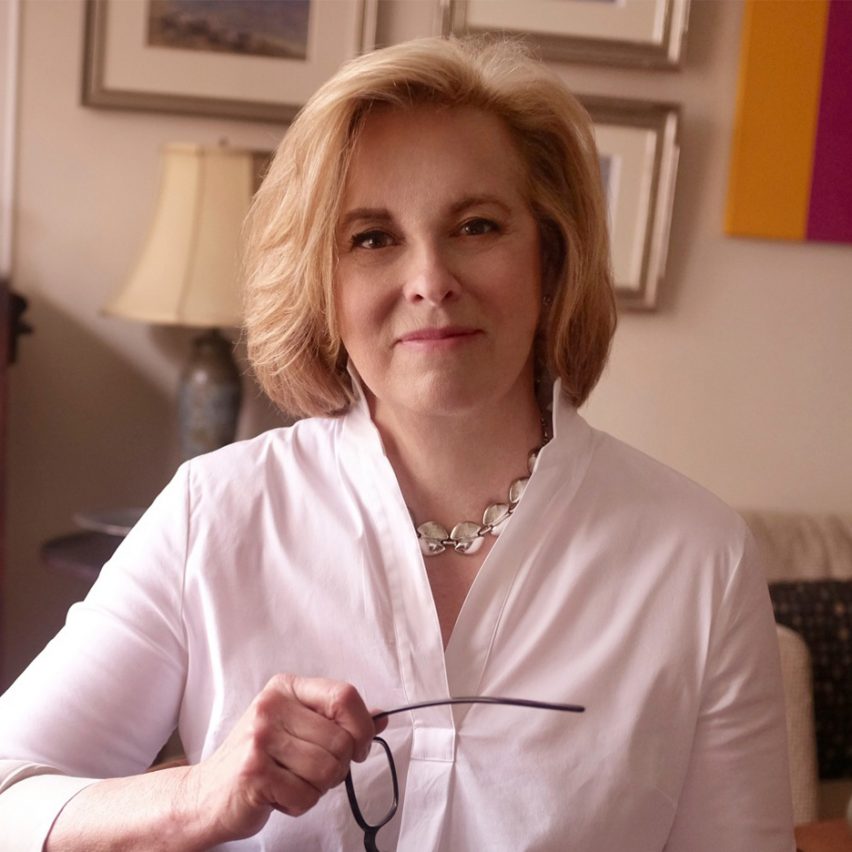
Cynthia Phifer Krakauer, executive director at Beverly Willis Architecture Foundation
"While women make up 42 per cent of architecture school graduates, they represent only 26 per cent of licensed practitioners in the historically male-dominated architecture profession, while only about 17 per cent of firm leaders are women. Our group works to change the culture of the building industry for women, through education and research."
Kristine A Harding, president at NCARB and project principal at KPS Group
"In 2016, for the first time since NCARB began collecting demographic data, gender equity improved along every career stage. These trends point to growing diversity among licensure candidates, and eventually, future architects."
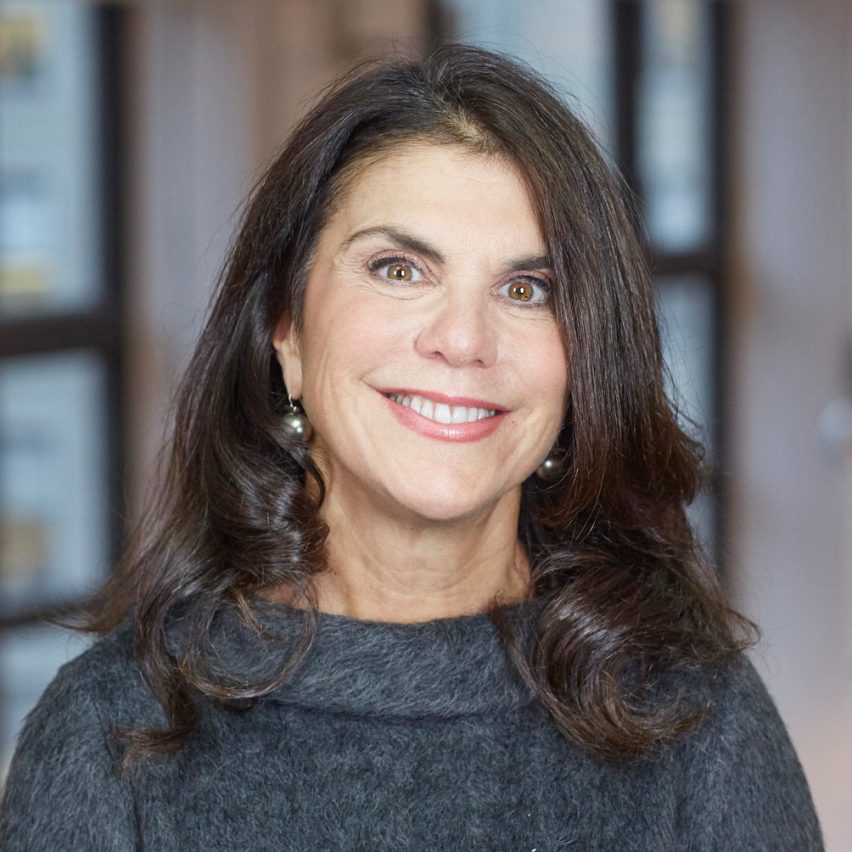
Victoria J Cerami, CEO at Cerami & Associates
"As an engineer, I lead a company dedicated to promoting diversity within our industry, as well as excellence. To inspire more women to consider engineering as a career choice, we've endowed two scholarship funds for female students studying acoustical and mechanical engineering. This flows from our company's core principles – excellence in design and service as well as lifelong learning, empathy, and passionate responsibility."